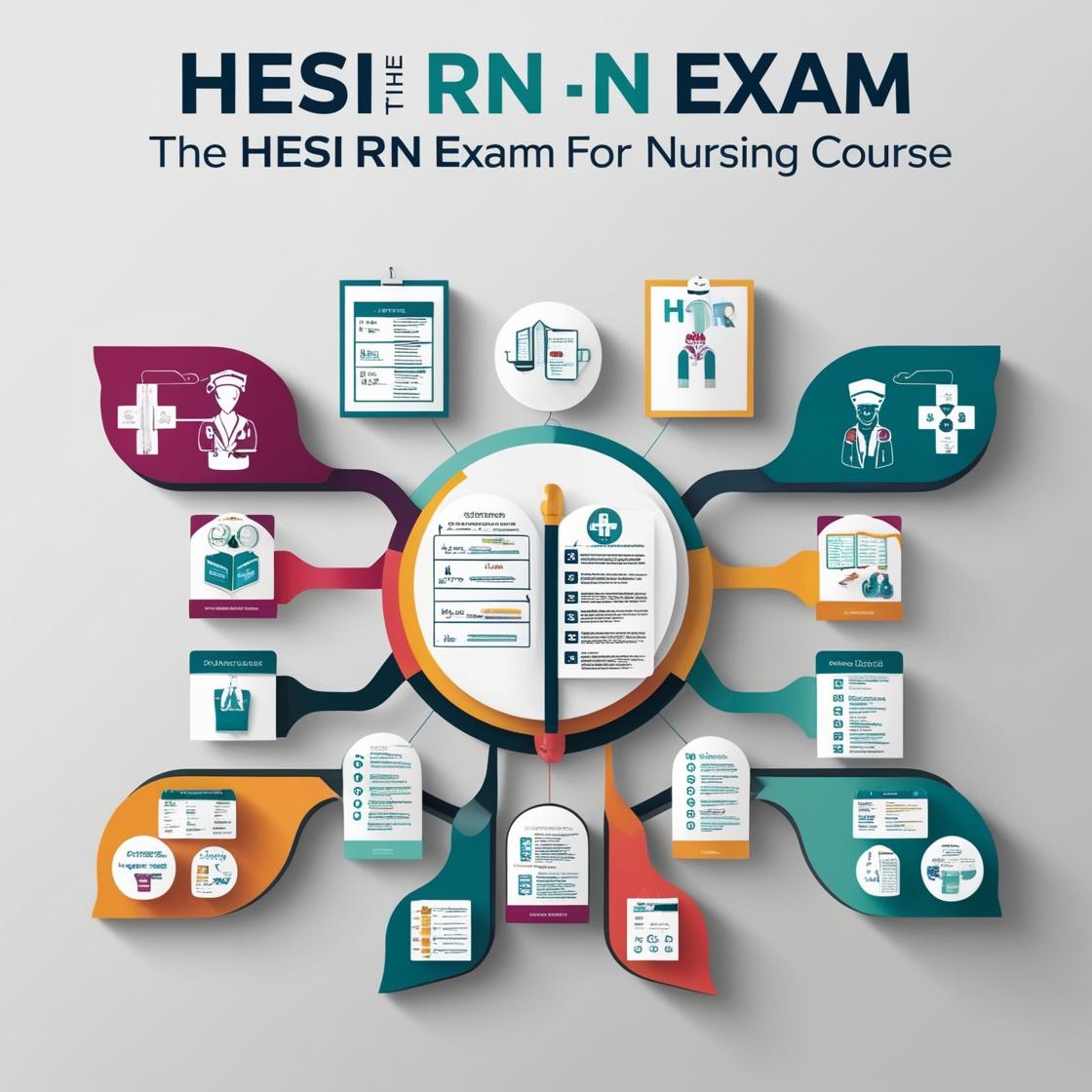HESI RN
HESI Fundamentals Quizlet
1. During the digital removal of a fecal impaction, the nurse should stop the procedure and take corrective action if which client reaction is noted?
- A. Temperature increases from 98.8° to 99.0° F.
- B. Pulse rate decreases from 78 to 52 beats/min.
- C. Respiratory rate increases from 16 to 24 breaths/min.
- D. Blood pressure increases from 110/84 to 118/88 mmHg.
Correct answer: B
Rationale: During digital removal of a fecal impaction, a vagal response can occur due to stimulation of the anal sphincter. If the client experiences bradycardia (pulse rate decreases), the nurse should stop the procedure immediately and take corrective action to prevent any complications. Choices A, C, and D are incorrect because they do not indicate a vagal response, which is the expected adverse reaction during this procedure.
2. A male client presents to the clinic stating that he has a high-stress job and is having difficulty falling asleep at night. The client reports having a constant headache and is seeking medication to help him sleep. Which intervention should the nurse implement?
- A. Determine the client’s sleep and activity pattern
- B. Obtain a prescription for the client to take when stressed
- C. Refer the client for a sleep study and neurological follow-up
- D. Teach coping strategies to use when feeling stressed
Correct answer: D
Rationale: Teaching coping strategies is an appropriate first intervention for a client experiencing sleep difficulties and stress. It can help manage stress and improve sleep without immediately resorting to medication. By teaching coping strategies, the nurse empowers the client to address the underlying issues contributing to his sleep problems rather than just providing a temporary solution. Referring for a sleep study and neurological follow-up may be considered later if the client's sleep issues persist despite implementing coping strategies. Determining the client’s sleep and activity pattern may be helpful but addressing coping strategies is more beneficial in managing stress-related sleep issues. Obtaining a prescription for the client to take when stressed does not address the root cause of the sleep problem and may lead to dependency on medication rather than promoting long-term solutions.
3. A client is admitted with a diagnosis of heart failure. Which dietary instruction should the nurse provide?
- A. Increase fluid intake to 3 liters per day.
- B. Limit sodium intake to 2 grams per day.
- C. Avoid foods high in potassium.
- D. Increase protein intake to promote healing.
Correct answer: B
Rationale: Limiting sodium intake to 2 grams per day (B) is a crucial dietary instruction for clients with heart failure. It helps manage fluid retention and reduces the workload on the heart. Excessive sodium can lead to fluid retention, worsening heart failure symptoms. Increasing fluid intake (A) can further exacerbate fluid overload in heart failure patients. Avoiding foods high in potassium (C) is not necessary unless the client has hyperkalemia; in heart failure, potassium restriction is not a primary dietary concern. Increasing protein intake (D) is not the priority for heart failure management; focusing on sodium restriction is more beneficial.
4. The healthcare provider is assessing the nutritional status of several clients. Which client has the greatest nutritional need for additional intake of protein?
- A. A college-age track runner with a sprained ankle.
- B. A lactating woman nursing her 3-day-old infant.
- C. A school-aged child with Type 2 diabetes.
- D. An elderly man being treated for a peptic ulcer.
Correct answer: B
Rationale: A lactating woman (B) has the greatest need for additional protein intake. Lactation increases the metabolic demands for protein to support milk production, making it essential for the mother to have a higher protein intake. While clients in choices A, C, and D also require protein for various reasons, they do not have the same increased protein demands as a lactating woman. Choice A, a college-age track runner with a sprained ankle, may need protein for tissue repair but not at the level required during lactation. Choice C, a school-aged child with Type 2 diabetes, may benefit from protein for overall health but does not have the same increased protein needs as a lactating woman. Choice D, an elderly man being treated for a peptic ulcer, may need protein for healing but not to the extent required by a lactating woman.
5. A client with frequent urinary tract infections (UTIs) asks the nurse about drinking juice daily to prevent future UTIs. Which response is best for the nurse to provide?
- A. Orange juice has vitamin C, which deters bacterial growth.
- B. Apple juice is the most useful in acidifying the urine.
- C. Cranberry juice stops pathogens' adherence to the bladder.
- D. Grapefruit juice increases the absorption of most antibiotics.
Correct answer: C
Rationale: Cranberry juice is known for its ability to prevent urinary tract infections by reducing the adherence of Escherichia coli bacteria to the cells within the bladder. This property helps in maintaining urinary tract health and preventing recurrent UTIs. Choices A, B, and D are incorrect because while vitamin C in orange juice may have some benefits, it is not specifically known for deterring bacterial growth in the urinary tract. Apple juice does not significantly impact urine acidity, and grapefruit juice does not enhance antibiotic absorption, making them less effective choices for preventing UTIs compared to cranberry juice.
Similar Questions

Access More Features
HESI RN Basic
$69.99/ 30 days
- 50,000 Questions with answers
- All HESI courses Coverage
- 30 days access @ $69.99
HESI RN Premium
$149.99/ 90 days
- 50,000 Questions with answers
- All HESI courses Coverage
- 30 days access @ $149.99
